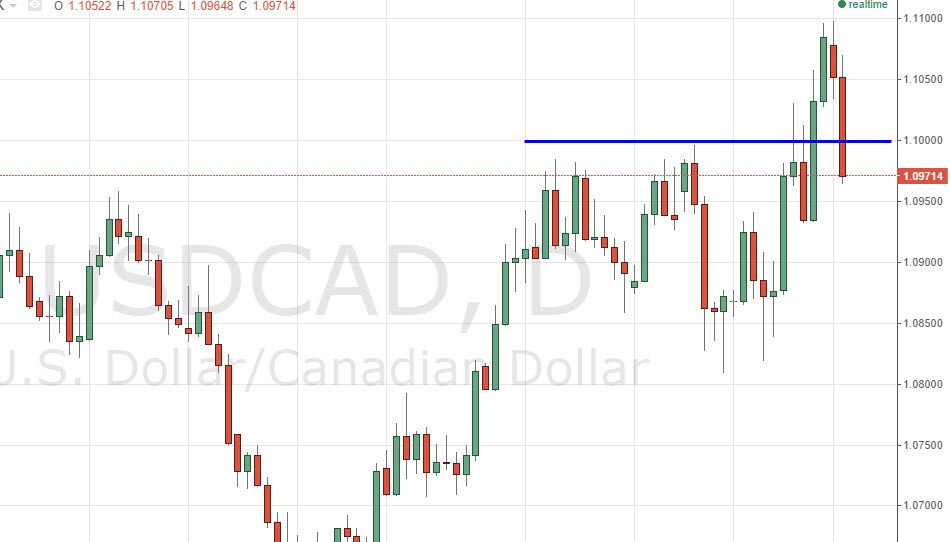What Makes a Market Move
Post on: 23 Апрель, 2015 No Comment

Every financial market moves based on supply and demand. If more traders want to buy a certain stock, commodity or currency than there are those willing to sell, then the market moves up in price until those buyers are able to buy. On the flip side, if more traders want to sell a stock, commodity or currency than there are those willing to buy, then the market moves down until the sellers are able to sell.
But what makes those traders want to buy or sell?
There are many reasons, but in the stock market, the driving force is company earnings. If the earnings of a company continue to grow, the odds are good that the stock price is also rising. Commodities are subject to availability, there is only so much corn or oil being produced and the price is based on that availability and demand.
The main driver of the value of a currency is the interest rate environment in that particular country or zone, especially when compared to the other currency in the pair. If interest rates are rising in New Zealand and falling in the US, then there is a good chance that the New Zealand Dollar is rising against the US Dollar. This would mean that the NZD/USD chart is showing a rising market. If interest rates are falling in the US and rising in Switzerland, then there is a good chance that the USD/CHF chart is showing a falling market. One also should keep in mind that traders look ahead, meaning that they may base todays trading decision on where they think interest rates will be in the near future, not necessarily today.
Why interest rates?
An interest rate is basically the cost of borrowing money. When a individual buys a house, they borrow the money and pay interest on that loan. When a government wants to borrow money, they issue bonds. The bond has a face value, which is the amount borrowed, and an interest rate, which is what they pay to the buyer of the bond. If you buy a $100,000 30-year US Treasury Bond with a 4% coupon, then you are lending the US Government $100,000 and they are paying you $4,000 a year for 30 years. At the end of that 30-year period, the US Government will then pay you back the $100,000. If you buy a $100,000 30-year US Treasury Bond with a 5% coupon, then you are lending the US Government $100,000 and they are paying you $5,000 a year for 30 years. At the end of that 30-year period, the US Government will then pay you back the $100,000.
So if the current interest rate on a 30-year bond is higher, then you earn more money when investing in that bond. That interest rate is determined by the financial markets rather than the government. The bond market is one of the largest financial markets in the world.
This is also where the FX market starts to come into play. If the interest rate on a US Treasury Bond is 4% and the interest rate on the equivalent German Bond (Bund) is 5%, then international money managers who invest in bonds will buy more German Bunds than US Treasuries Bonds.
But first they have to buy the Euro to buy German Bunds. If they are moving from the US Treasury market to the German Bund market, they first sell their US Treasuries, take those US Dollars and buy Euros, and then buy the German Bunds. This results in a rising EUR/USD as the Euro strengthens while the USD weakens. There are so many of these professional money managers in the world, that they have a big influence on the value of a currency.
So remember, higher interest rates usually lead to a higher currency value while lower interest rates usually lead to a lower currency value.
The News
How do traders keep an eye on interest rates?
Remember that traders are thinking ahead, so they are trying to anticipate any change in the interest rate environment to note any change in the currency value.
This is where the economic calendar is key for traders. Interest rates will rise on a strengthening economy and a Central Bank which will keep the money supply flowing. Bond investors demand more income with higher inflation, so interest rates rise based on that demand. The economic calendar shows the pulse of an economy. If the US is expected to report a gain of 200,000 jobs in the monthly Nonfarm Payroll release, but instead reports a gain of 300,000 jobs, the USD will likely rally since that shows a strengthening economy. On the other hand, if the report showed 100,000 new jobs instead of the expected 200,000 gain, then the USD would likely fall since that number shows a weakening economy.
Every economic report is followed and analyzed as a potential clue to future interest rates which influences the currency value. Following these releases and interpreting their influence is an important part of trading FX and worthy of the attention of all traders.
Analyzing a market based on the economy, interest rates and the news is referred to a fundamental analysis. This is key since the fundamentals of the market usually determine the direction and strength of the trend and also the major tops and bottoms. How we get between those tops and bottoms is referred to as technical analysis and is the subject of the next lesson.














